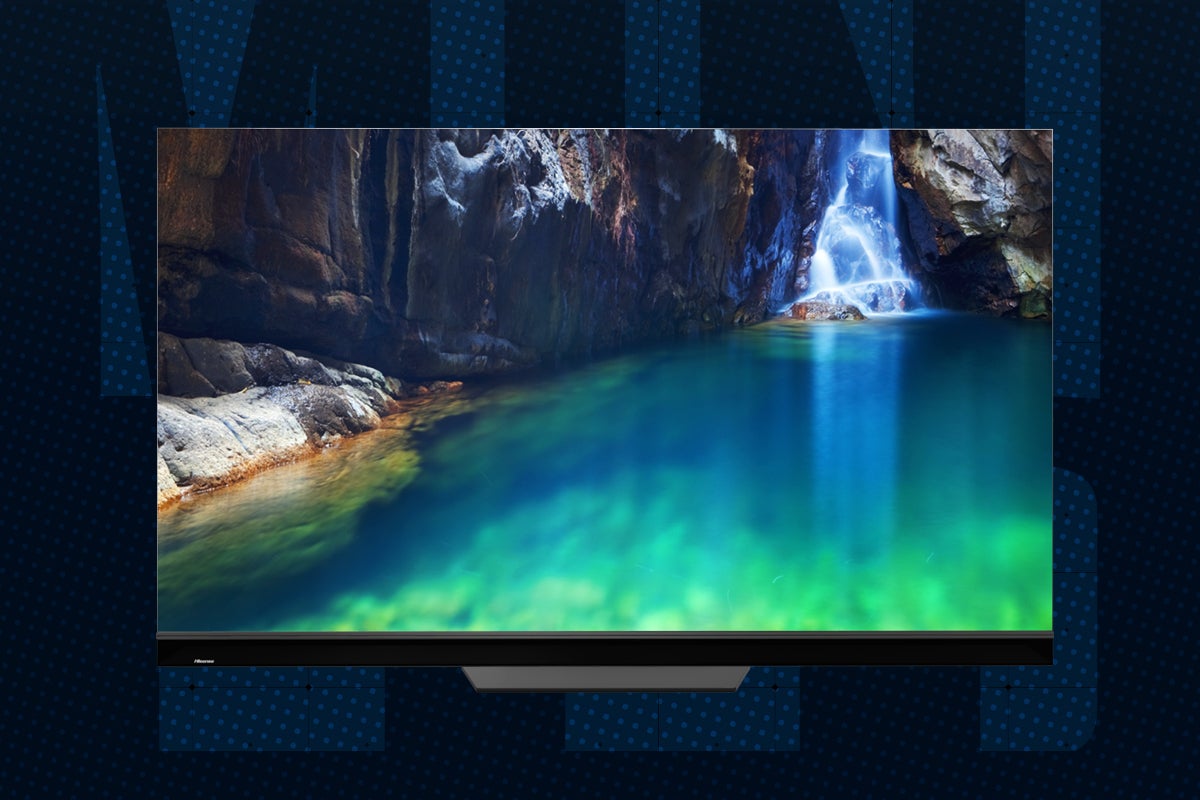What is 4K TV and Ultra HD?
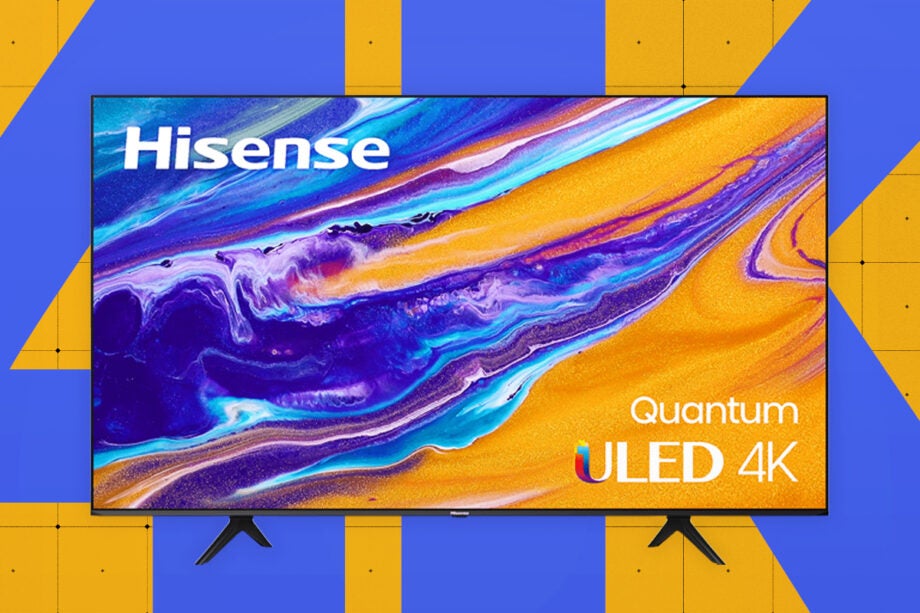
The TV world moves at a relentless pace. As soon as 4K established itself, 8K was already on the horizon.
But 4K is where your focus should lie, as that’s the resolution that’s most likely to sway you into purchasing a new TV. HD TVs are still produced but only in smaller sizes, while 8K is the future that hasn’t arrived just yet – 4K is the perfect middle ground.
And 4K is no longer for early adopters as it is fast becoming the main way to enjoy content as Hollywood studios, broadcasters and streaming services embrace it, while 4K TVs continue to hit affordable prices.
Streaming services have pushed the adoption of 4K by bringing it front and centre to people’s homes, and let’s not to forget 4K Blu-ray players for physical disc aficionados.
Sky now offers a wide portfolio of 4K content from entertainment to sports, and on the gaming side, the current generation has embraced 4K more fully than the previous on with the PlayStation 5 and Xbox Series consoles, plus there’s been Apple’s move into 4K with its various products and services. The 4K ecosystem is becoming ever richer and wider with plenty of films, TV, and sports to whet your appetite.
There’s plenty to digest. Here’s everything you need to know about 4K resolution.
What is 4K?
4K is known by a few nom de guerres such as Ultra HD, UHD, and 2160p. For the average consumer, these are one and the same.
4K refers to a TV resolution of 3,840 x 2,160 pixels. That’s four times as many than a full HD TV, for a total of about 8.3 million pixels. Having this many pixels means a higher pixel density, producing a clearer, cleaner and better-defined picture, with more detail and texture.
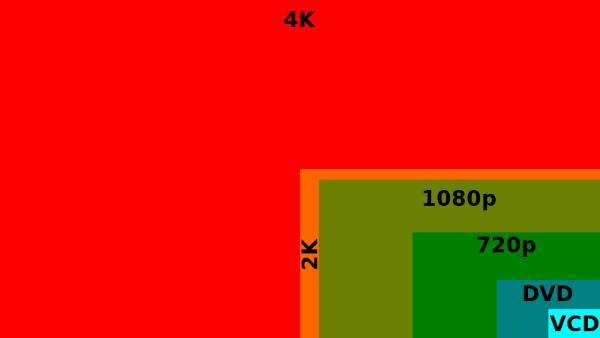
What is the difference between 4K and Ultra HD?
True 4K refers to a resolution of 4096 x 2160, which is used by digital cinema projectors. UHD in the consumer world refers to a resolution of 3840 x 2160, which is the resolution you get on TVs.
So technically, 4K is the wrong term, but the two are pretty much interchangeable.
What does 4K offer?
The extra resolution of 4K adds better definition and clarity. 4K TV is especially effective on very large screens – ideally, you’d settle for a 55-inch set or even bigger. You can get 4K TVs all the way down to 40-inches, which allows for sitting even closer to the screen.
8K is available, although for various reasons it hasn’t hit maturity. They are, still relatively expensive compared to 4K models though prices have been steadily coming down. For more on 8K, head to our explainer.
How close do I need to sit to the TV?
The extra resolution and increased pixel density means you can sit further forward to get the most from your TV. And filling up more of your field of view makes for a more immersive experience.
While sitting close provides the most impact, we reject the notion that there’s no benefit from distant viewing positions. Lines remain cleanly drawn, depth is still perceptible, colours maintain their subtlety, and objects within the picture keep their three-dimensional appearance.
Where can I watch 4K content?
If you prefer streaming services, your main options are Netflix, Amazon Video, Disney+, and Apple TV+.
Pretty much all of Netflix’s original content comes wrapped in 4K Dolby Vision (but not everything, we should add), and much of the new content from Amazon and Disney, especially their big original series and films, are shown in 4K. Almost all of Apple’s streaming library is in 4K with a few exceptions.
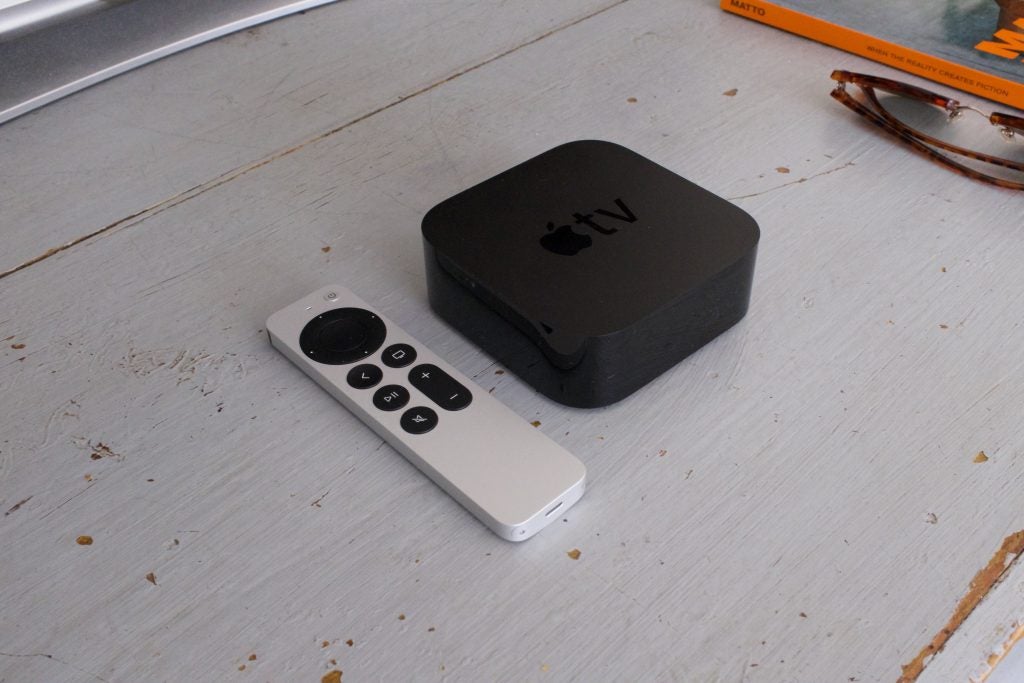
BT has also has a 4K channel in BT Sport Ultra HD that shows Premier League and Champions League football, but you’ll need a BT Ultra-HD box and 4K TV package to view in the format.
Then there’s the Sky Q/Glass service, where you can watch the broadcaster’s growing catalogue of films, TV shows and sports in 4K with their Ultra HD package.
What about HDR?
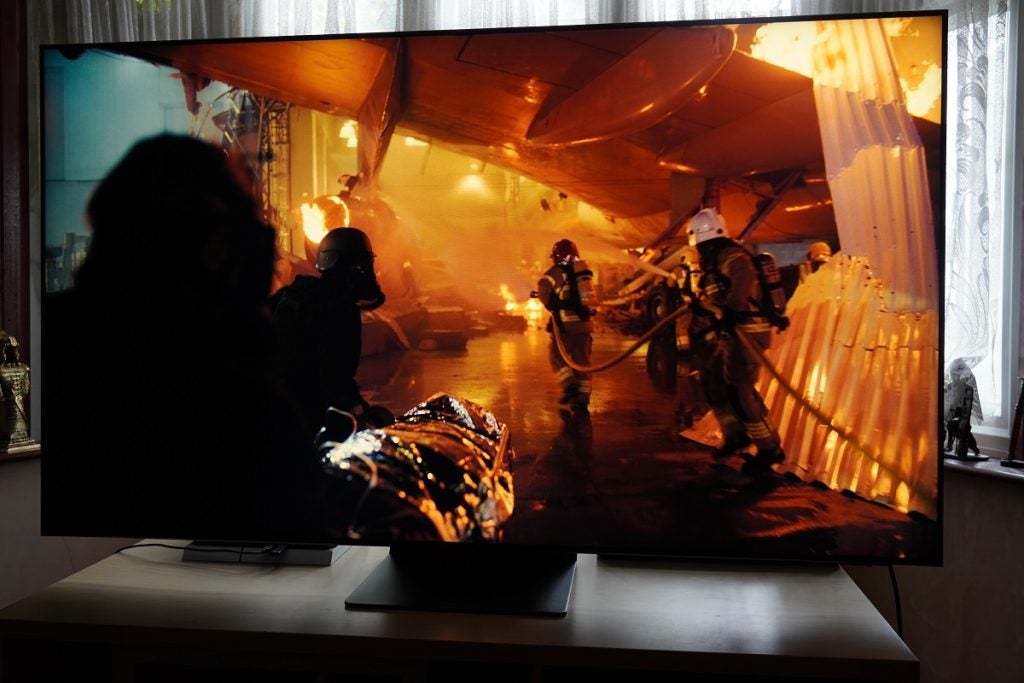
HDR stands for High Dynamic Range and allows for improved contrast between the brightest and darkest part of image, creating an image that’s more representative of the world as we see it.
Virtually all TVs sold support HDR, which comes in various forms such as HDR10, HLG for broadcast, Dolby Vision and HDR10+. All TVs are mandated to support HDR10, while HLG (which stands for Hybrid Log Gamma) is used by the likes of the BBC, BT and Sky to present content in HDR.
Dolby Vision and HDR10+ are more advanced forms of HDR, using metadata within the HDR signal to tweak the picture in relation to the characteristics of the display. You can read more about HDR by heading to our explainer.
What internet speed do you need to stream 4K TV?
Netflix and Amazon require speeds of at least 15Mbps to stream 4K content. Speeds need to remain consistently at or above that figure because as soon as it drops – perhaps due to peak usage times – the picture will slip back into HD.
Don’t worry if you start off with a blurry image: it’s common for streaming services to start at a lower resolution and then bump it up to UHD after the initial buffer.

Netflix says on its website that you need 25Mbps minimum. But we’ve confirmed with Netflix that a consistent 15Mbps is enough. Compression techniques have improved over the years as have broadband speeds, so 4K streaming is more reliable than it used to be.
Although we’d say it doesn’t offer the best 4K picture (that’s 4K Blu-rays). Speaking of…
What is UHD Blu-ray?
We’ve got a detailed breakdown of Ultra HD Blu-ray. In short, Ultra HD Blu-ray discs have a much larger capacity than standard Blu-ray discs (up to 100GB) and can carry the information needed to store 4K video without the compression streaming sites. Basically, it’s the best form of 4K you can watch at home.
There are plenty of UHD Blu-ray players out now, including a few from Panasonic such as the UB9000, UB820 and UB450. Sony have their UBP-X700 and UBP-X800M2, while Reavon is a new entrant, looking to take over from dearly departed Oppo with the UBR-X100, UBR-X110 and UBR-X200.
What connections do I need to watch 4K?
There have been multiple versions/standards of HDMI since the digital connection first appeared, with HDMI 2.1 the most recent.
At the time of its release, HDMI 2.0 carried an increase in data bandwidth, enabling playback of 4K feeds with full (so-called 4:4:4) colour sampling at frame rates of up to 60fps. HDMI 1.4 only supported 4K feeds up to 30fps.
It’s been subsequently replaced by a newer standard in HDMI 2.1, which boosts the bandwidth to 48gbps (from HDMI 2.0’s 18gbps). v2.1 supports for 4K and 120fps as well as passthrough of dynamic HDR formats such as Dolby Vision and HDR10+ among many, many more things.
Give TVs support HDMI 2.0 and a fair few show some love for HDMI 2.1, it shouldn’t be a problem to feed 4K content into your TV.
Should you buy a 4K TV?
Yes. The 4K ecosystem has matured with a wide range of content now available in the format, and prices of 4K TVs have been at affordable levels for several years now. The benefits of 4K over HD are clear (quite literally), with more detail, texture and fidelity granted over what Hi-Def can do. Even more, 4K has allowed for technologies such as HDR and WCG (Wide Colour Gamut) to come to the fore, producing a more lifelike, colourful and realistic image.
Better performance can be had from more expensive TVs, of course, but cheaper 4K TVs are decent enough when handling native 4K content. 8K won’t achieve mainstream acceptance for a while yet, so you’re safe to buy and enjoy your 4K TV.


